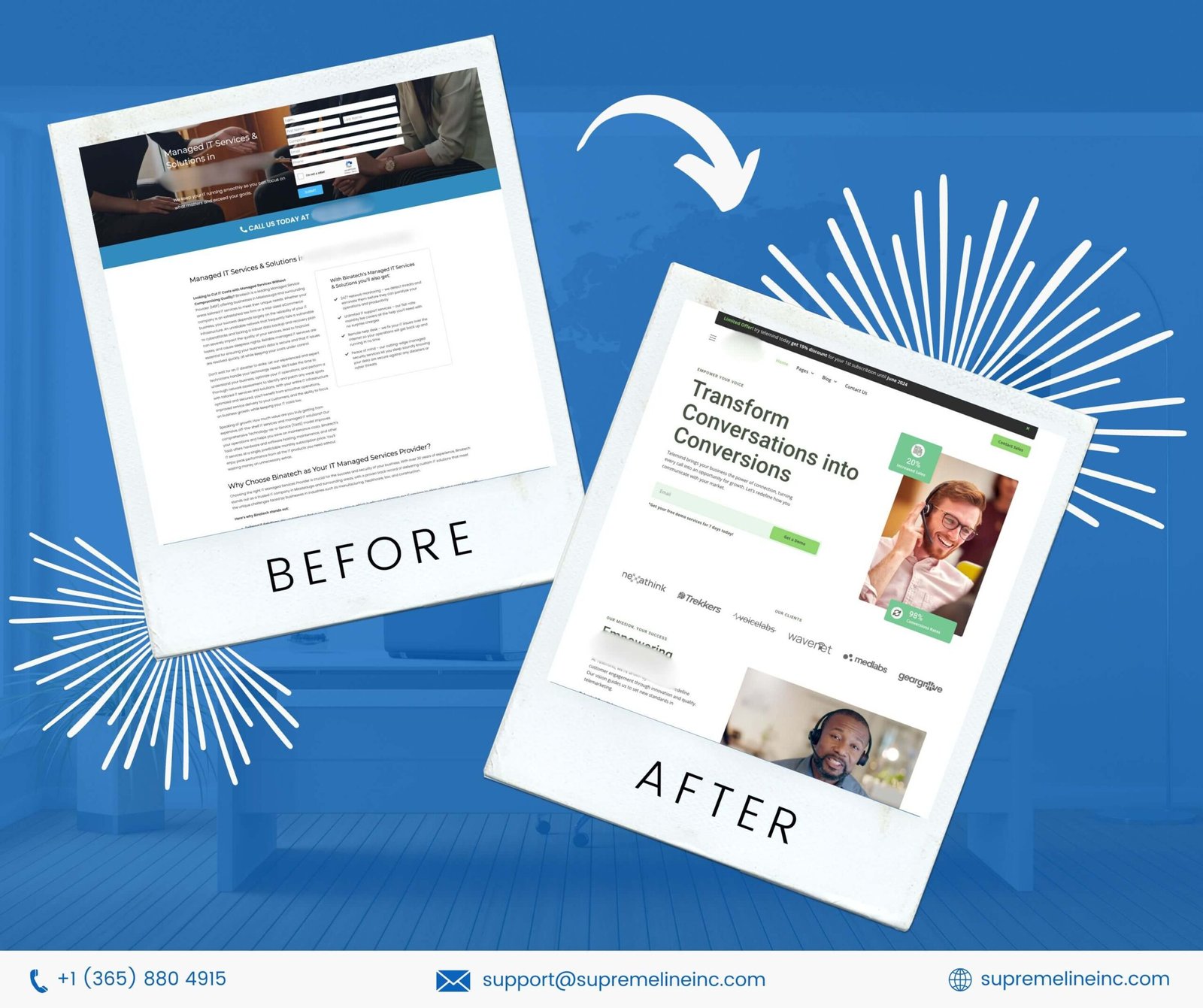Choosing the right eCommerce platform can make a significant difference in your online store’s success. Among the most popular options are Shopify and WooCommerce, each offering unique benefits and features. While Shopify is known for its ease of use and all-in-one solution, WooCommerce provides flexibility and customization as a WordPress plugin. In this article, we’ll compare Shopify and WooCommerce across several key aspects to help you decide which platform is best for your business.
Overview: Shopify vs. WooCommerce
- Shopify: A fully hosted eCommerce platform that allows users to create an online store quickly without needing to manage web hosting, security, or updates. It’s ideal for users who want a straightforward setup and minimal technical involvement.
- WooCommerce: An open-source eCommerce plugin for WordPress, offering extensive customization options. It requires a WordPress site to run and allows for complete control over store design and functionality, making it a good choice for those who want to tailor their store to their unique needs.
1. Ease of Use
- Shopify:
- Shopify shines when it comes to user-friendliness. With its drag-and-drop interface, setting up an online store is straightforward, even for beginners. It includes built-in hosting, SSL certificates, and a secure shopping cart, allowing users to focus solely on designing their store and adding products.
- The platform includes 24/7 customer support, which is especially valuable for those new to eCommerce.
- WooCommerce:
- WooCommerce offers flexibility but comes with a steeper learning curve. Since it runs on WordPress, you’ll need to manage hosting, security, and updates yourself. While this allows for greater control, it requires a more hands-on approach.
- However, WooCommerce is highly customizable, with a vast library of plugins and themes available to enhance your store. For those familiar with WordPress, WooCommerce can be an excellent choice.
Verdict: Shopify wins in ease of use with its straightforward setup process, making it ideal for beginners. WooCommerce is better suited for users with WordPress experience who want greater control over their store.
2. Pricing and Costs
- Shopify:
- Shopify offers tiered pricing plans ranging from $39 to $399 per month, depending on the features and functionalities you need. There is also a transaction fee (0.5% to 2%) if you don’t use Shopify Payments as your payment gateway.
- The pricing includes web hosting, security, and a free SSL certificate, but additional costs may arise if you need to purchase premium themes or apps to extend the store’s capabilities.
- WooCommerce:
- WooCommerce is a free plugin, but it requires additional expenses like domain registration ($10-$20 per year), web hosting (starting around $10 per month), and SSL certificate ($0-$100 per year). Premium themes and plugins can add to the cost.
- While WooCommerce might have a lower initial cost, expenses can increase based on the extensions and hosting quality you choose.
Verdict: WooCommerce can be more cost-effective for smaller stores, but costs can add up as you scale. Shopify has a clear pricing structure, making budgeting easier for businesses that prefer an all-in-one solution.
3. Design and Themes
- Shopify:
- Shopify offers a wide range of professionally designed themes that are mobile-responsive and easy to customize. While there are free themes available, many premium themes range from $150 to $350.
- The themes are optimized for conversions and designed with user experience in mind, which is helpful for those focusing on store aesthetics without needing extensive design skills.
- WooCommerce:
- WooCommerce’s design possibilities are nearly limitless, thanks to the vast selection of WordPress themes. There are thousands of free and premium themes available, ranging from $20 to $100.
- Users can customize the design of their store extensively with the help of page builders like Elementor or by tweaking CSS. This makes WooCommerce an excellent option for businesses that want full control over their site’s appearance.
Verdict: WooCommerce offers more flexibility and a wider variety of themes. Shopify’s themes are more limited but easier to set up and use.
4. Payment Options and Transaction Fees
- Shopify:
- Shopify supports a variety of payment gateways, including PayPal, Stripe, and Shopify Payments. Using Shopify Payments eliminates additional transaction fees, but if you opt for a third-party gateway, you’ll pay a fee of 0.5% to 2% per transaction, depending on your plan.
- Shopify Payments is a great option for seamless integration, but the fees can add up if using external gateways.
- WooCommerce:
- WooCommerce supports nearly every payment gateway available, including PayPal, Stripe, Square, and local gateways. There are no additional transaction fees beyond what the payment gateway charges, which can save money over time.
- Some payment gateway integrations require purchasing plugins, but the flexibility of choosing any provider is a significant advantage.
Verdict: WooCommerce offers more flexibility in payment gateway options without extra transaction fees, making it a more cost-effective choice in the long run.
5. Scalability and Performance
- Shopify:
- As a hosted platform, Shopify takes care of server management and performance optimization. It’s built to handle high traffic without issues, making it a great option for stores expecting rapid growth.
- However, customization is somewhat limited, especially when it comes to server-side optimizations or changing the platform’s core functionality.
- WooCommerce:
- WooCommerce’s scalability depends on your hosting plan and how you optimize your WordPress website. You can choose a hosting provider that scales with your needs, such as a Virtual Private Server (VPS) or a dedicated server.
- While this allows for more control over performance, it also means you’re responsible for maintaining and optimizing the site’s speed and server capabilities as traffic grows.
Verdict: Shopify is easier to scale without needing to manage technical aspects. WooCommerce allows for custom scaling solutions but requires more hands-on management.
6. SEO and Marketing
- Shopify:
- Shopify offers built-in SEO features like customizable title tags, meta descriptions, and alt text for images. It also integrates with apps like Google Analytics and marketing tools like MailChimp.
- While Shopify’s SEO is solid, it is less flexible compared to WooCommerce in terms of technical SEO adjustments.
- WooCommerce:
- WooCommerce is highly flexible for SEO, as it is built on WordPress, which is renowned for its SEO capabilities. You can use plugins like Yoast SEO to optimize content, manage site maps, and handle more advanced SEO strategies.
- With WooCommerce, you have full control over your store’s technical structure, which can help you achieve better search engine rankings.
Verdict: WooCommerce offers more in-depth SEO control, making it ideal for businesses that want to focus heavily on search engine optimization.
Conclusion: Which Platform is Right for You?
Both Shopify and WooCommerce are powerful eCommerce platforms, but they cater to different needs:
- Choose Shopify if you want a simple, all-in-one solution with minimal technical management. It’s perfect for beginners or businesses looking for a hassle-free setup.
- Choose WooCommerce if you want complete control over your store’s design, functionality, and SEO. It’s ideal for those with WordPress experience or businesses that need highly customizable eCommerce solutions.
Ultimately, the right choice depends on your business goals, technical expertise, and budget. Whichever platform you choose, both Shopify and WooCommerce offer robust solutions to help your online store thrive.





